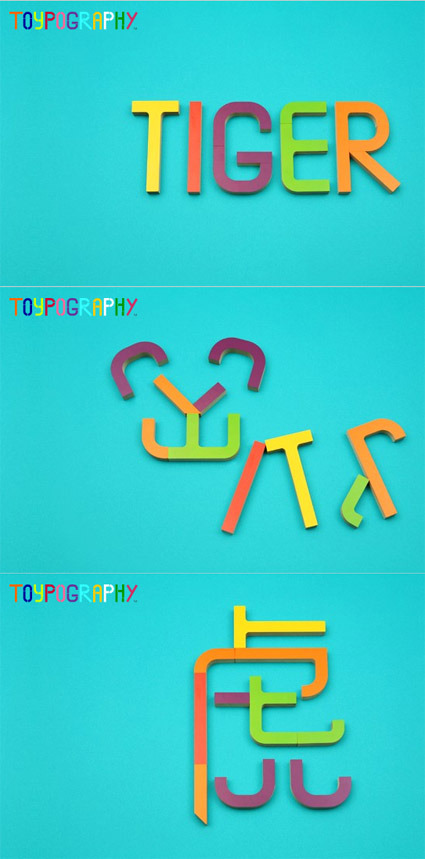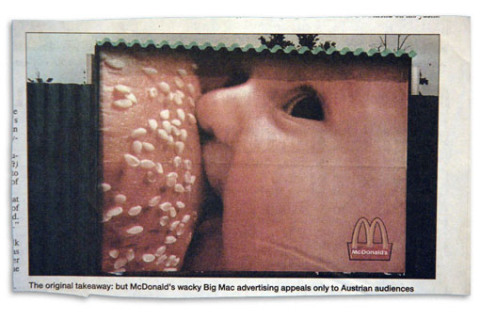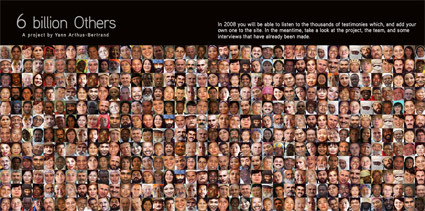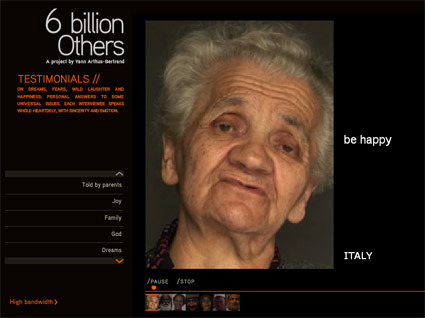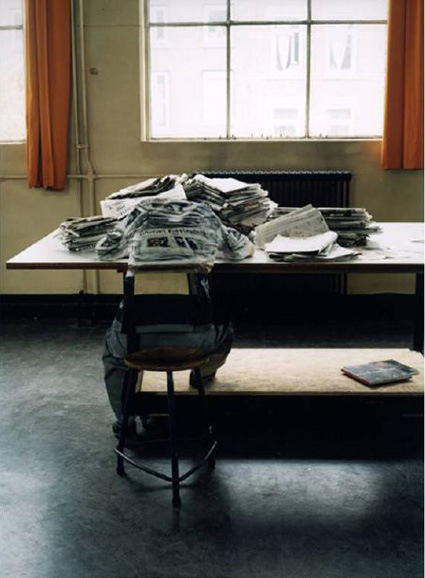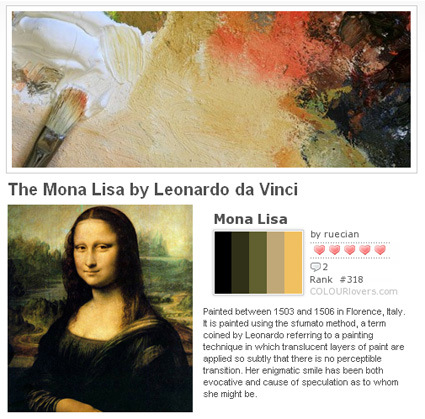
The Wired series of photograph struck me quite a bit. It’s a whole series of photos by acclaimed photographer Edward Burtynsky, who went about documenting China’s rapid growth through industrialization and manufacturing, capturing the human side of the production processes that statistics tend to conceal.
“these images are meant as metaphors to the dilemma of our modern existence; they search for a dialogue between attraction and repulsion, seduction and fear. We are drawn by desire, a chance at good living, yet we are consciously or unconsciously aware that the world is suffering for our success. Our dependence on nature to provide the materials for our consumption and our concern for the health of our planet sets us into an uneasy contradiction. For me, these images function as reflecting pools of our times.”
China as a rising global power has been perennial news – globalization talks inevitably talked about how China is a massive power and the world’s factories, about outsourcing, cheap manufacturing, etc. We’d even rattle off some statistics to prove our points. And for a long while, it seemed like we’re all familiar with the issues, and we might feel that we can debate and discuss on it like a pro.
It’s amazing how humans are stripped off their human qualities through uniformity – in these pictures, a very clear message is sent: “individual expressions are not tolerated. You are part of the industrial complex, engaged only to carry out a specific task”. This makes it a lot more manageable and controllable – quantifying and prescribing the very last bit of process, details, appearance and behavior that are allowed. Like sheeps in a flock, conformity and obedience is the rule of the day. Mass-produced goods made by legions of identical-looking workers (who looks like they were themselves mass-produced to the exact same specifications).
But these brilliant photographs also reminded me that, beneath all that statistics and projections, there are humans, very real humans whose lives are affected and affecting all these. When you talk about China and growth and globalization, it’s easy to lose sight of the reality and the physical world. These photos help to restore, or at least hint at, the sense of perspectives from the ground.
